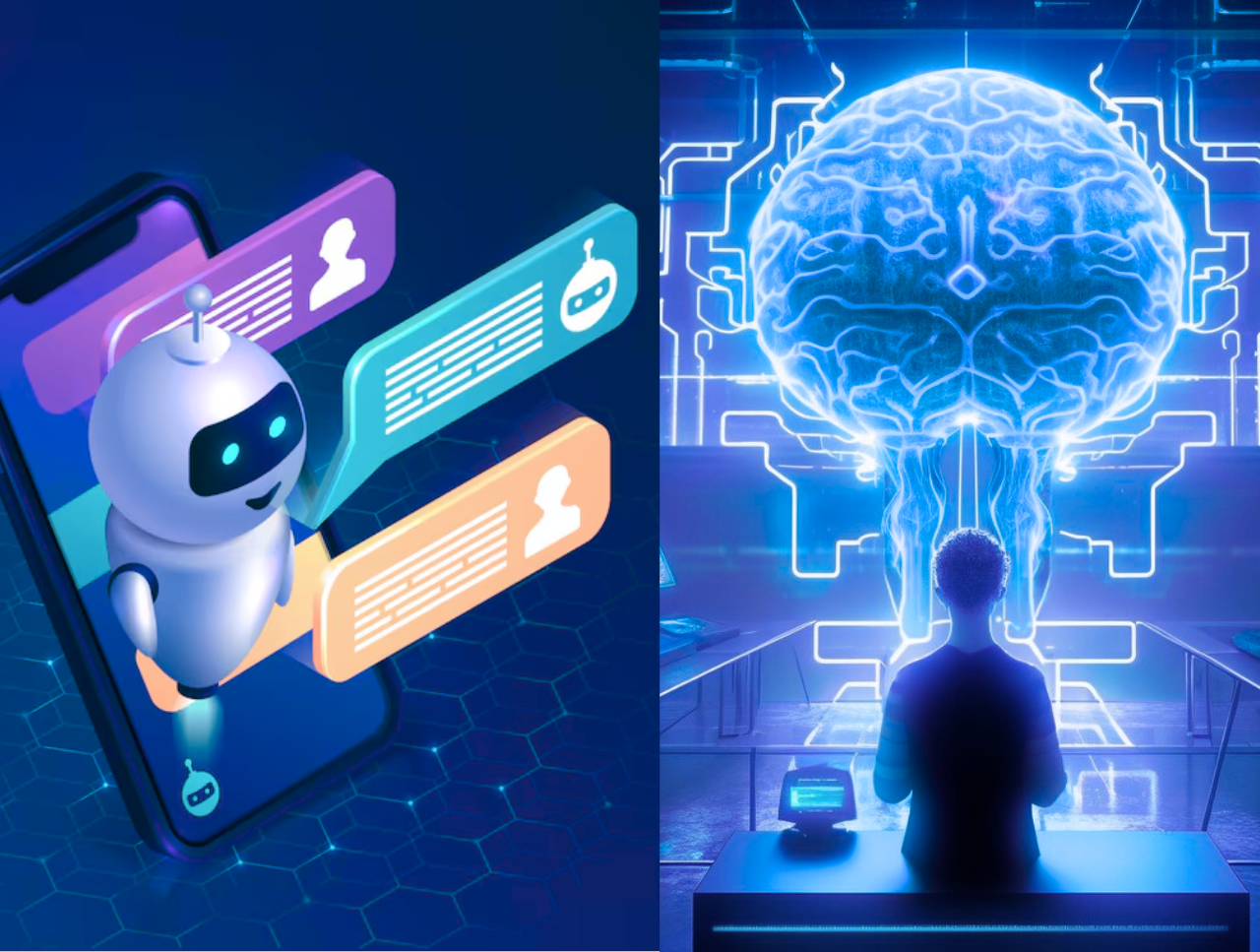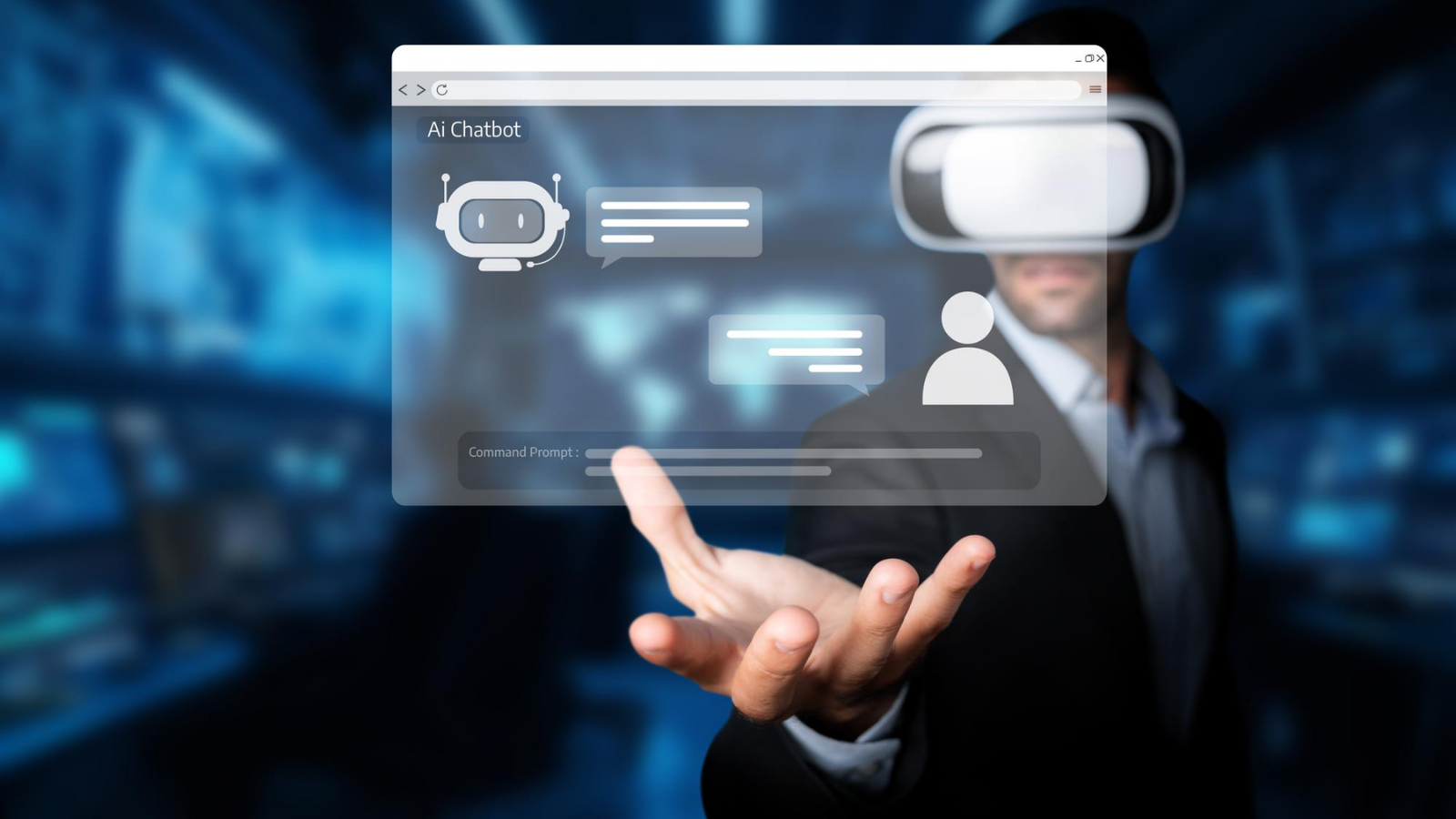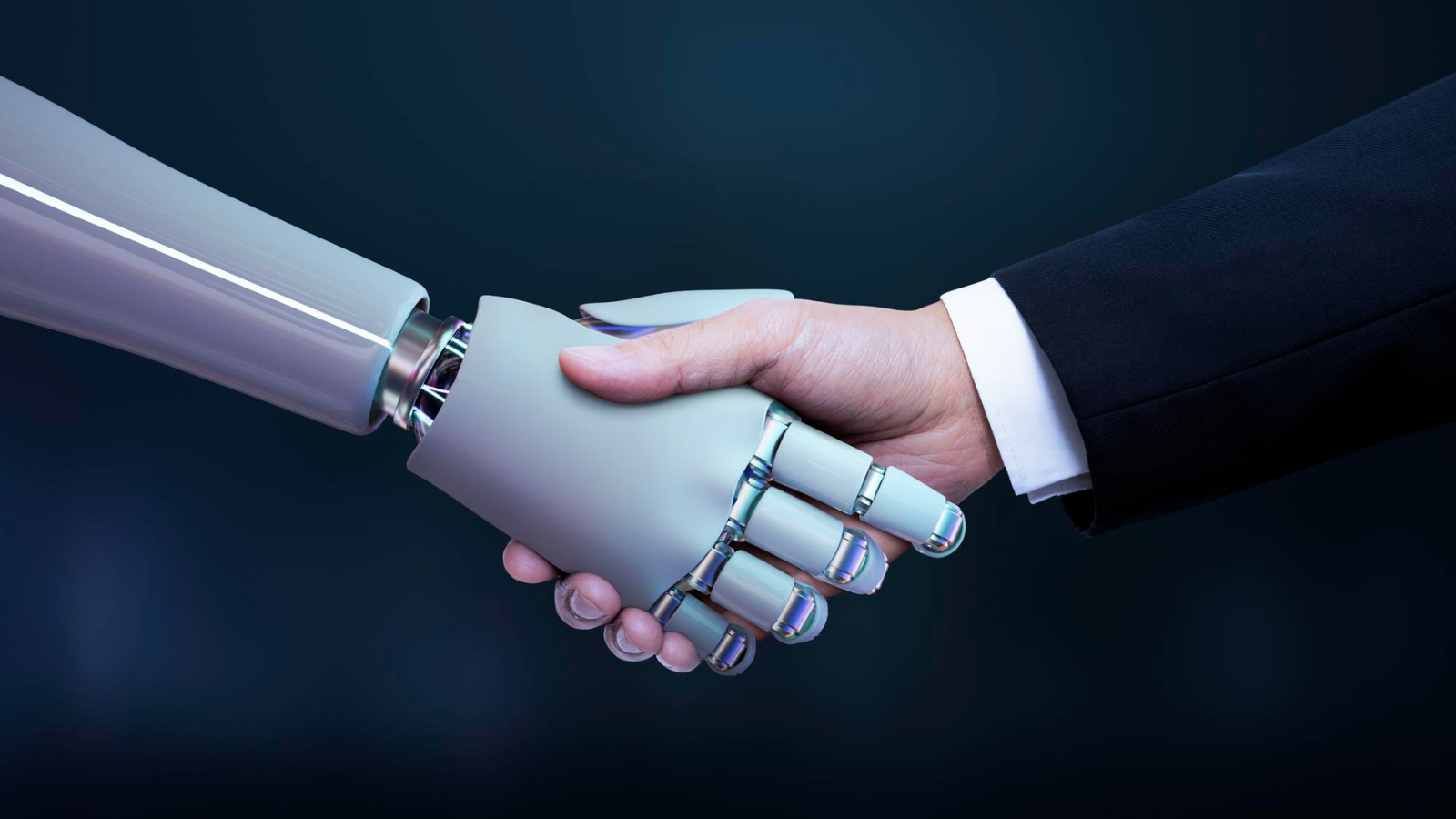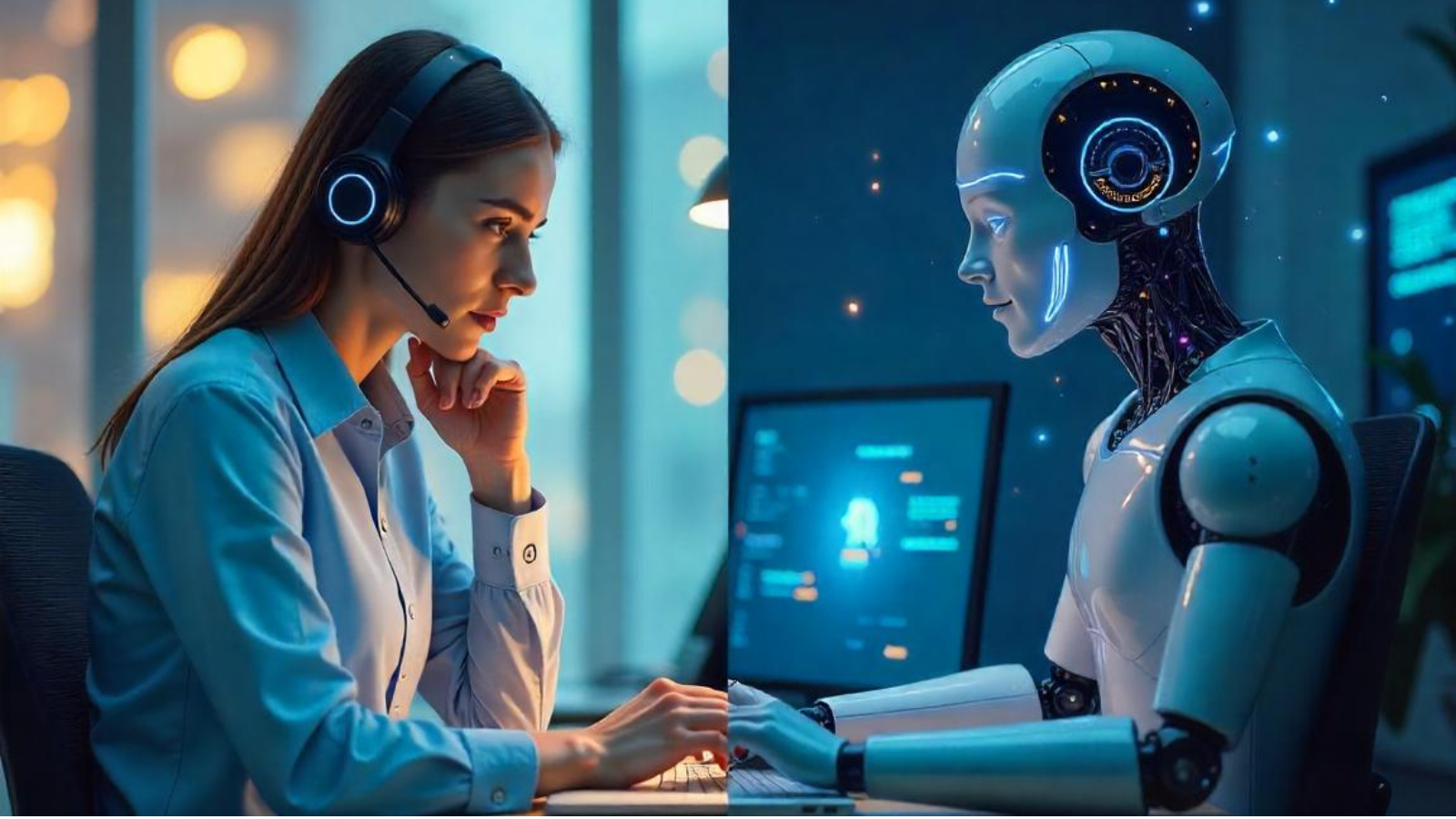In the digital age, customer expectations are evolving at an unprecedented pace. The demand for instant, accurate, and personalized interactions has never been higher, prompting businesses to adopt cutting-edge technologies. Among these, adaptive chatbots stand out as a revolutionary force. These intelligent virtual assistants are not only enhancing customer service but are also transforming the way we interact with technology. Welcome to the world of adaptive chatbots—where virtual assistance meets human-like interaction.
The Rise of Adaptive Chatbots
Adaptive chatbots have emerged from the need to create more dynamic and responsive virtual assistants. Unlike their rule-based predecessors, which operate on predefined scripts and limited scenarios, adaptive chatbots leverage advanced technologies like machine learning (ML), natural language processing (NLP), and deep learning to understand, learn, and adapt from every interaction.
Evolution from Basic to Adaptive
The journey of chatbots began with basic, script-based models that could handle simple, linear conversations. These early versions often left users frustrated due to their inability to understand context or handle complex queries. The advent of machine learning brought about a significant transformation. Chatbots began to learn from data, improving their responses over time. However, the real game-changer has been the integration of deep learning and NLP, enabling chatbots to understand context, sentiment, and intent, making interactions more fluid and human-like.
How Adaptive Chatbots Work
Understanding the mechanics behind adaptive chatbots is key to appreciating their capabilities. Here’s a breakdown of the core components and processes that power these intelligent systems:
Natural Language Processing (NLP)
NLP allows chatbots to comprehend and interpret human language. By breaking down text into smaller units (tokenization), analyzing grammatical structures (parsing), and identifying entities (Named Entity Recognition), chatbots can understand the nuances of human conversation. Sentiment analysis further enhances this by gauging the emotional tone behind a user’s words.
Machine Learning (ML) and Deep Learning
Machine learning algorithms enable chatbots to learn from interactions. Each conversation provides data that helps the chatbot improve its future responses. Deep learning, a subset of ML, uses neural networks to model complex patterns in data, significantly enhancing the chatbot’s ability to understand and generate human language.
Contextual Understanding
Contextual understanding is what sets adaptive chatbots apart. They don’t just respond to isolated queries; they maintain the context of a conversation, allowing for more coherent and relevant interactions. This involves recognizing the flow of dialogue and remembering previous interactions to provide consistent and accurate responses.
Applications of Adaptive Chatbots
Adaptive chatbots are revolutionizing various industries by providing efficient, personalized, and scalable solutions. Let’s explore some of their key applications:
Customer Service
Adaptive chatbots are redefining customer service by handling a wide range of queries, from simple FAQs to complex problem-solving. Companies like Haptik and Wysa in India are leveraging these chatbots to enhance customer engagement and provide round-the-clock support, ensuring higher satisfaction rates and reduced response times.
Healthcare
In healthcare, adaptive chatbots are making significant strides. Platforms like Practo and mfine use these chatbots to schedule appointments, provide medical advice, and offer mental health support. By understanding patient queries and providing personalized responses, these chatbots are improving access to healthcare and streamlining administrative processes.
Finance
The finance industry benefits from adaptive chatbots through enhanced customer support and personalized financial advice. Indian fintech giants like Paytm and Zerodha employ chatbots to assist users with transactions, account management, and investment guidance, ensuring a seamless and secure user experience.
Education
Educational platforms such as BYJU’S and Vedantu are utilizing adaptive chatbots to provide personalized learning experiences. These chatbots help answer student queries, offer tutoring, and create adaptive learning paths, making education more accessible and tailored to individual needs.
E-commerce
E-commerce businesses are leveraging adaptive chatbots to improve customer experience and drive sales. These chatbots assist with product recommendations, order tracking, and post-purchase support, ensuring a smooth and engaging shopping experience.
The Future of Adaptive Chatbots
The potential of adaptive chatbots is vast, and the future promises even more sophisticated capabilities. Here are some trends to watch out for:
Enhanced Personalization
Future chatbots will offer deeper personalization by learning from user preferences and behaviors. This will enable them to provide more tailored recommendations and interactions, enhancing user satisfaction and loyalty.
Multimodal Interactions
Combining text, voice, and visual inputs, multimodal interactions will make chatbots more versatile and intuitive. Imagine a chatbot that can understand gestures, facial expressions, and on-screen content, providing richer and more context-aware responses.
Improved Emotional Intelligence
Chatbots will become more emotionally intelligent, recognizing and responding to users’ emotional states. This capability will enhance user engagement, particularly in fields like mental health support and customer service.
Seamless Integration
As AI technologies advance, we can expect seamless integration of chatbots across devices and platforms. This will create cohesive user experiences, allowing for uninterrupted transitions between smartphones, smart speakers, computers, and more.
Challenges and Considerations
While adaptive chatbots hold immense potential, there are challenges to address:
Data Privacy
Handling vast amounts of personal data raises concerns about privacy and security. Ensuring compliance with data protection regulations and implementing robust security measures is crucial.
Bias and Fairness
AI models can inherit biases from training data, leading to unfair outcomes. Developing techniques to identify and mitigate biases is essential for creating fair and inclusive chatbot systems.
Human-AI Collaboration
Balancing automation and human involvement is key. Adaptive chatbots should complement human capabilities, enhancing productivity without undermining the need for human touch in certain interactions.
Adaptive chatbots are bridging the gap between virtual assistance and human interaction, transforming the way businesses and individuals engage with technology. By leveraging advanced AI technologies, these chatbots offer personalized, efficient, and scalable solutions across various industries. As we look ahead, the continued evolution of adaptive chatbots promises even more sophisticated, human-like interactions, driving innovation and enhancing user experiences.
At Nuclay Solutions, we are at the forefront of this transformation, harnessing the power of AI to deliver cutting-edge chatbot solutions tailored to your needs. Explore our offerings and see how adaptive chatbots can revolutionize your business.



